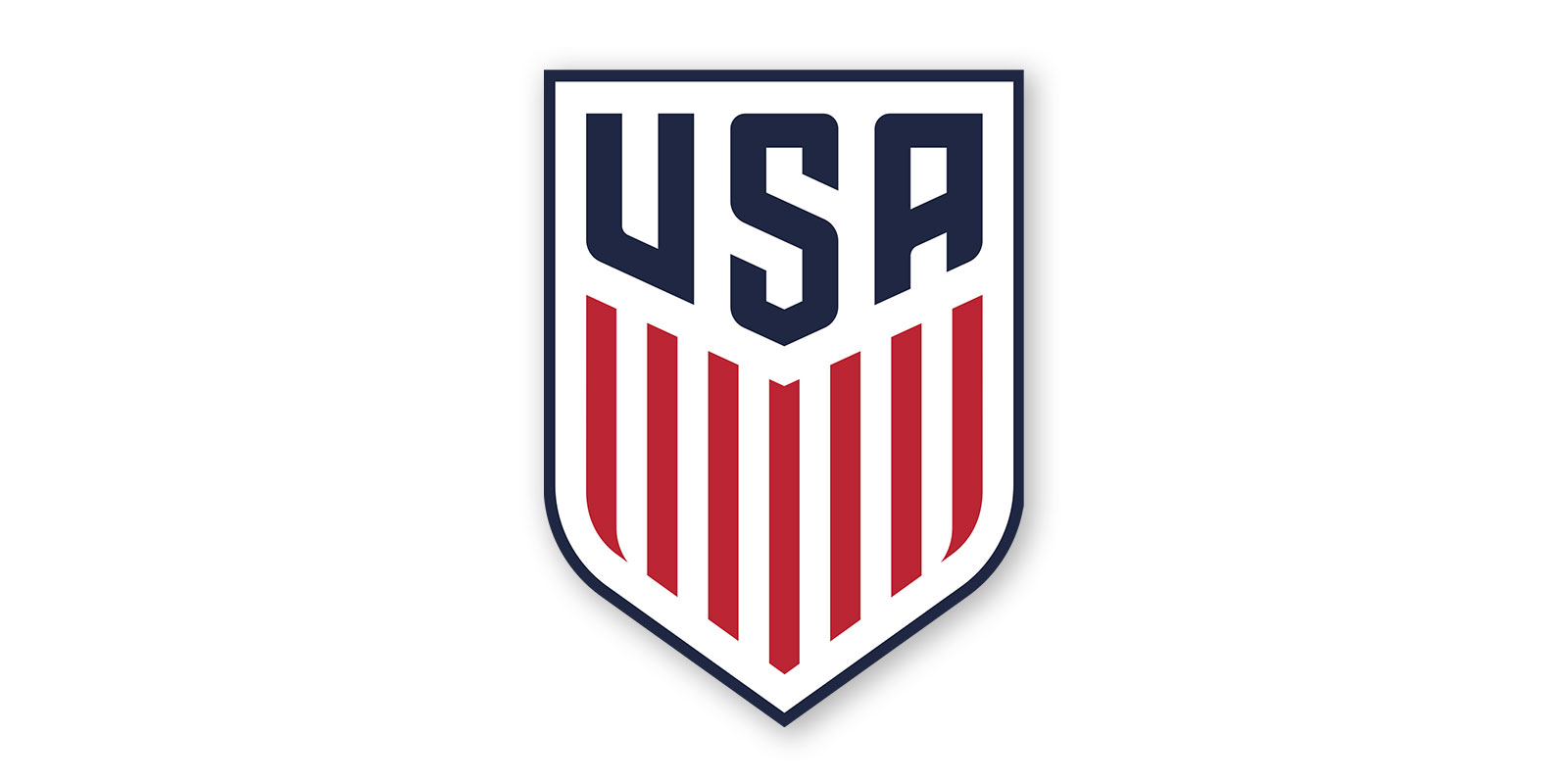After two years of development, The U.S. Soccer Federation has opted to launch the redesign of their logo. However, there’s a catch. Unlike the average company in today’s market, they decided to promote their new red, white, and blue crest to their consumers in an unorthodox way- Virtual Reality.
Rather than a more conventional form of marketing, such as a national commercial or giveaway t-shirts for their soccer fans, the U.S. Soccer Federation took a risk on a different form of marketing. Virtual Reality allows their audience to gain a more immersive experience on the soccer field, connecting to them on a deeper level than typical marketing instruments. Through their new marketing technique, viewers received a Google cardboard, a virtual reality promotional video, and the United States Soccer Federation scarf with the new logo.
There are many advocates for this new form of advertising, claiming that Virtual Reality has the power of differentiating a company from its counterparts. The U.S. Soccer federation is amongst many recognizable brands that have explored Virtual Reality. The North Face provided visitors of their store in a South Korean mall with a virtual reality experience, enabling them to endure a virtual dogsled ride through the South Pole. Using Oculus Rift headsets, users were given the illusion of being pulled by real huskies!
If considering the use of Virtual Reality as a viable marketing tool, make sure to evaluate if the immersive experience is one worth the investment. Originality and innovation has the power to create traction for a company, especially one that puts its consumer in the middle of the action.
The Oculus Rift can provide your consumer with an unforgettable experience. However, the Oculus Rift costs $600 per headset, which can be extremely costly for a company. Instead, a company could consider a more affordable option, such as Google Cardboard.
Although cost may be reduced by use of Google Cardboard, brands should also consider the cost of designing an original interactive video for its users. In addition, investing in the delivery to the consumers will ensure convenience and greater adoption for those interested.
Sources: http://www.nytimes.com/2016/02/29/business/media/us-soccers-rebranding-gets-an-assist-from-virtual-reality.html?_r=0

